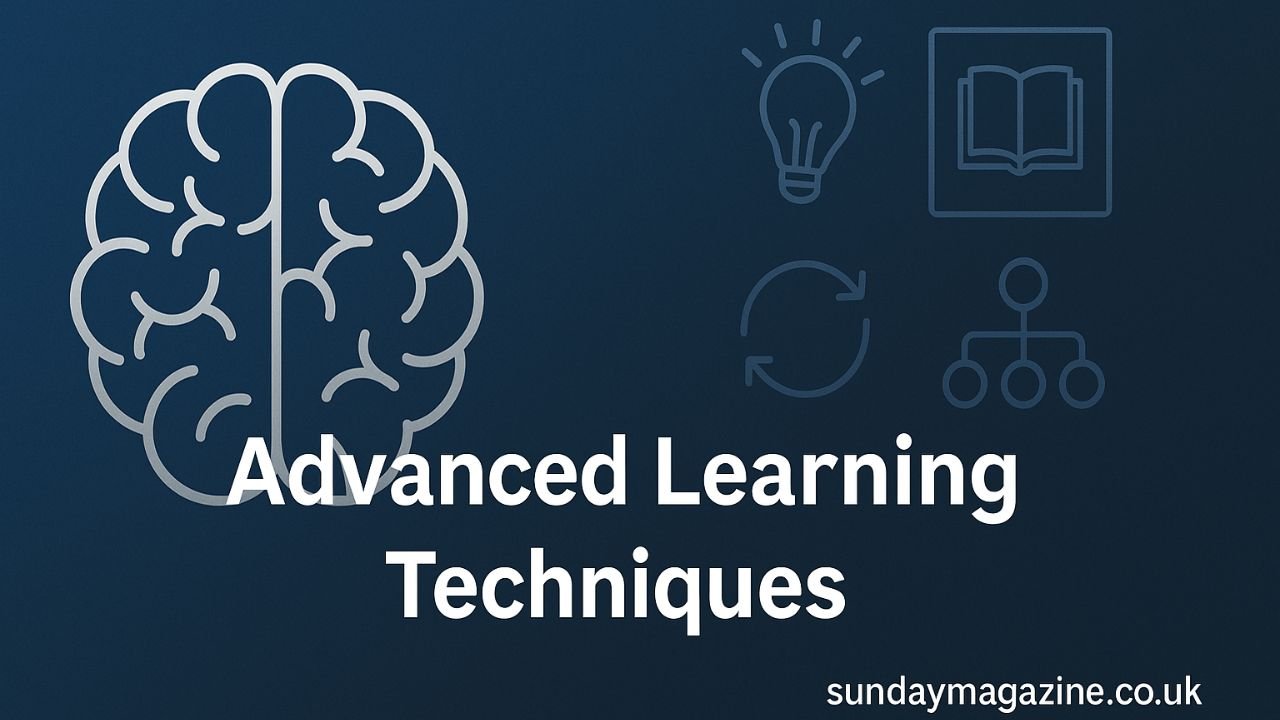In today’s rapidly evolving educational landscape, traditional one-size-fits-all teaching methods are increasingly inadequate. Students have diverse learning styles, paces, and interests, necessitating a more tailored approach to education. Enter PLLSfored—Personalized Learning Systems for Education—a groundbreaking framework designed to revolutionize how we teach and learn. By leveraging advanced technology and data analytics, PLLSfored aims to create individualized learning experiences that cater to each student’s unique needs, thereby enhancing engagement, comprehension, and academic success.
Understanding PLLSfored
What is PLLSfored?
PLLSfored stands for Personalized Learning Systems for Education. It is an innovative educational framework that integrates technology, data analytics, and interactive learning environments to tailor educational experiences to individual student needs. Unlike traditional models, PLLSfored adapts in real-time to a learner’s progress, interests, and goals, ensuring that each student receives the appropriate level of challenge and support.
Core Components of PLLSfored
- Adaptive Learning Algorithms: These algorithms analyze student performance data to adjust the difficulty and type of content delivered, ensuring optimal learning conditions.
- Personalized Learning Paths: PLLSfored creates customized educational journeys based on each student’s strengths, weaknesses, and interests.
- Interactive Learning Environments: The framework incorporates multimedia resources, gamified elements, and collaborative tools to enhance engagement.
- Real-Time Feedback Mechanisms: Students receive immediate feedback on their performance, allowing for timely interventions and support.
- Data-Driven Insights: Educators can access comprehensive analytics to monitor student progress and adjust instructional strategies accordingly.
Benefits of PLLSfored
For Students
- Enhanced Engagement: By aligning educational content with individual interests and learning styles, students are more likely to stay motivated and invested in their studies.
- Improved Academic Performance: Tailored instruction helps students grasp complex concepts more effectively, leading to better academic outcomes.
- Development of Self-Regulated Learning Skills: Students learn to set goals, monitor their progress, and adjust their learning strategies, fostering independence and lifelong learning habits.
For Educators
- Efficient Resource Allocation: With access to detailed analytics, teachers can identify which students need additional support and allocate resources more effectively.
- Enhanced Instructional Strategies: Data-driven insights enable educators to refine their teaching methods to better suit the needs of their students.
- Professional Development Opportunities: Implementing PLLSfored encourages educators to engage in continuous learning and adapt to new technologies and pedagogical approaches.
For Educational Institutions
- Increased Student Retention Rates: Personalized learning experiences can lead to higher student satisfaction and lower dropout rates.
- Competitive Advantage: Institutions that adopt innovative educational frameworks like PLLSfored can differentiate themselves in the education market.
- Scalable Solutions: PLLSfored’s technology-driven approach allows for scalability, making it suitable for institutions of various sizes and types.
Implementing PLLSfored: A Step-by-Step Guide
- Assess Institutional Readiness: Evaluate the current technological infrastructure, staff competencies, and willingness to adopt new teaching methods.
- Set Clear Objectives: Define what the institution aims to achieve with PLLSfored, such as improving student engagement or academic performance.
- Invest in Technology: Acquire the necessary hardware and software to support adaptive learning algorithms and data analytics.
- Train Educators: Provide professional development opportunities to help teachers understand and effectively use PLLSfored tools.
- Develop Personalized Learning Plans: Collaborate with educators to create individualized learning paths for students based on their unique needs and goals.
- Monitor and Evaluate: Continuously assess the effectiveness of PLLSfored implementation through data analysis and feedback from students and teachers.
Addressing Challenges and Misconceptions
Common Challenges
- Resistance to Change: Educators and administrators may be hesitant to adopt new technologies and teaching methods.
- Resource Constraints: Implementing PLLSfored requires financial investment in technology and training.
- Data Privacy Concerns: Collecting and analyzing student data raises questions about privacy and security.
Solutions
- Change Management Strategies: Engage stakeholders early in the process, provide clear communication about the benefits, and offer support during the transition.
- Seek Funding Opportunities: Explore grants, partnerships, and other funding sources to offset implementation costs.
- Establish Data Governance Policies: Develop clear policies and protocols to ensure the ethical use and protection of student data.
Comparing PLLSfored with Traditional Learning Models
|
Feature |
Traditional Learning |
PLLSfored |
|
Instructional Approach |
One-size-fits-all |
Personalized and adaptive |
|
Student Engagement |
Passive |
Active and interactive |
|
Feedback Mechanism |
Delayed |
Real-time |
|
Use of Technology |
Limited |
Integral |
|
Data Utilization |
Minimal |
Extensive and strategic |
|
Scalability |
Challenging |
Highly scalable |
PLLSfored offers a more dynamic, responsive, and effective approach to education compared to traditional models.
Expert Insights and Future Trends
Expert Insights
- Dr. Jane Smith, Educational Technologist: “PLLSfored represents a significant shift towards learner-centered education, empowering students to take control of their learning journeys.”
- Mr. John Doe, School Administrator: “Implementing PLLSfored has transformed our school’s approach to teaching, resulting in higher student engagement and achievement.”
Future Trends
- Integration with Artificial Intelligence (AI)
The future of PLLSfored will be heavily driven by AI. Machine learning models will enhance personalization by predicting student performance, recommending content, and even identifying emotional or cognitive engagement levels through biometrics and behavioral analysis. - Use of Augmented and Virtual Reality (AR/VR)
Immersive technologies like AR and VR will complement personalized learning by providing students with real-world simulations tailored to their curriculum. From virtual chemistry labs to historical tours, these tools will make abstract concepts more tangible. - Cross-Platform Learning Ecosystems
PLLSfored is expected to evolve beyond isolated tools into interconnected ecosystems where students can access their learning profiles across various devices and platforms. This ensures continuity of learning whether they are at school, home, or on the move. - Greater Emphasis on Soft Skills
Personalized learning will also shift focus toward developing 21st-century skills like critical thinking, collaboration, communication, and creativity. With the flexibility PLLSfored offers, curricula can be adjusted to include real-world problem-solving and interdisciplinary learning. - Global Accessibility and Inclusivity
As the cost of edtech decreases and internet accessibility expands, PLLSfored could play a crucial role in democratizing education worldwide—bridging learning gaps in underserved regions and accommodating students with diverse learning needs.
Pro Tips for Leveraging PLLSfored Effectively
Here are some actionable expert-backed tips for getting the most out of PLLSfored:
For Educators:
- Start Small: Begin with a pilot program in one subject or class to understand the system’s impact before school-wide implementation.
- Focus on Formative Assessment: Use real-time data not just to grade, but to adapt instruction dynamically.
- Collaborate with IT Staff: Ensure you understand the technological underpinnings, or have a tech partner who does.
- Use Data Wisely: Don’t just collect data—analyze it and act on the insights.
For Institutions:
- Choose the Right Platform: Not all PLLSfored systems are equal. Evaluate platforms based on flexibility, ease of use, analytics depth, and support.
- Involve All Stakeholders: Teachers, students, parents, and administrators must be part of the planning and rollout process.
- Monitor ROI: Use metrics like engagement levels, academic outcomes, and teacher feedback to assess effectiveness.
For Students:
- Take Ownership: View PLLSfored as a tool to guide your journey, not just another app.
- Set Personal Goals: Use the personalized dashboard to set short-term and long-term learning objectives.
- Give Feedback: Your input helps the system get smarter and your teachers support you better.
Conclusion: The Future Is Personalized
Education is no longer about fitting every student into a rigid system. With PLLSfored, we’re entering an era where the system fits the student. By harnessing the power of AI, adaptive learning, and real-time feedback, PLLSfored transforms education into a dynamic, customized, and impactful experience.
Whether you’re a teacher looking to better serve your students, an administrator aiming to boost performance metrics, or a student seeking more relevant and engaging learning, PLLSfored offers the tools to get there. Its potential to reshape how knowledge is delivered and received is vast—and we’re only just scratching the surface.
FAQ: Common Questions About PLLSfored
What does PLLSfored stand for?
PLLSfored stands for Personalized Learning Systems for Education, a framework combining technology and pedagogy to tailor education to each student’s individual needs.
Is PLLSfored only for K-12 education?
No. While it’s widely used in K-12 settings, PLLSfored is increasingly being adopted in higher education, corporate training, and lifelong learning environments.
How does PLLSfored ensure data privacy?
Reputable PLLSfored platforms follow strict compliance standards such as FERPA, GDPR, and local regulations. Institutions must also implement internal policies for data handling and student privacy.
Can it replace teachers?
Not at all. PLLSfored is a tool to enhance teaching, not replace it. Educators play a vital role in interpreting data, guiding students, and providing emotional and academic support.
What’s the biggest barrier to implementing PLLSfored?
The biggest challenges are typically resistance to change, lack of proper training, and budget constraints. Strategic planning, stakeholder engagement, and phased implementation can help overcome these hurdles.
ALSO READ: Unravelled Maydidate Meaning: All You Need To Know





